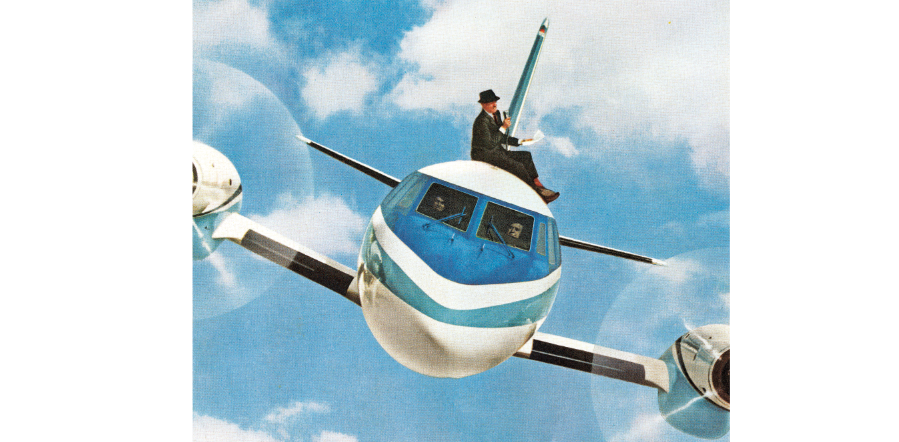For those willing to put up their hand, doctoring in the aisle of an aircraft can be a tough gig
There’s no question quite like “Is there a doctor on board?” to make clinicians slump deep into their seat and begin to pointedly study the in-flight menu.
But of the four billion passengers travelling by commercial air flight each year, it’s expected more than 75,000 people will have an in-flight medical event, researchers say.
A retrospective review, recently published in Annals of Emergency Medicine, found that more than 15% of these airline medical emergencies had occurred in children, with half of all paediatric events involving children under seven years old.
The authors analysed events involving those under 19 years which had been reported to a ground-based medical support centre over a 32-month period.
The most common diagnostic categories included nausea or vomiting at 33.9%, fever or chills, 22.2%,and acute allergic reaction occuring in 5.5% of cases.
Most paediatric medical events were able to be resolved on the plane, with only 63 cases leading to flight diversion and 11 resulting in an in-flight death.
About one in six paediatric medical events required additional care upon landing, however.
Complicating matters, each country has different regulations regarding in-flight first aid for children. US airlines, for example, do not stock controlled medications, such as rectal benzodiazepines, commonly used in the management of paediatric seizures.
The study authors said it was unlikely that a kit lacking a liquid enteral analgesic, antipyretic, or antiallergic medication, or suitable preparations and equipment to deliver nebulized or inhaled bronchodilators, could be of any particular benefit to these younger travellers.
Dr Bob Phillips, a UK based paediatrician was recently travelling on a plane from Bangladesh to Dubai when a cabin announcement requested assistance from a doctor on board.
“I admitted I was a doctor, but added I probably wouldn’t be much use as I was a kids’ doctor … this didn’t get me out of it though and it was actually what they wanted,” he told The Medical Republic.
Dr Phillips attended to a three-year-old child who had experienced a short seizure and had a rising temperature.
“I did the usual things I would do, without the aid of any kit, though with the addition of a bit of oxygen just in case,” he said.
Dr Phillips stayed with the mother and child until the plane completed its scheduled landing in Dubai before working with the airport paramedic team to check the child’s blood sugar level.
“I heard from his mum a few weeks later and they were both absolutely fine and had flown (back to Bangladesh) a couple of days later,” he said.
The study authors said it was important for parents and caregivers to remember to carry medications for children in their hand luggage, rather than in their checked luggage, in case symptomatic relief is needed during a flight.
“These should ideally be accompanied by a document from the prescriber listing the medications and their posology,” they said.
Annals of Emergency Medicine, 2019


